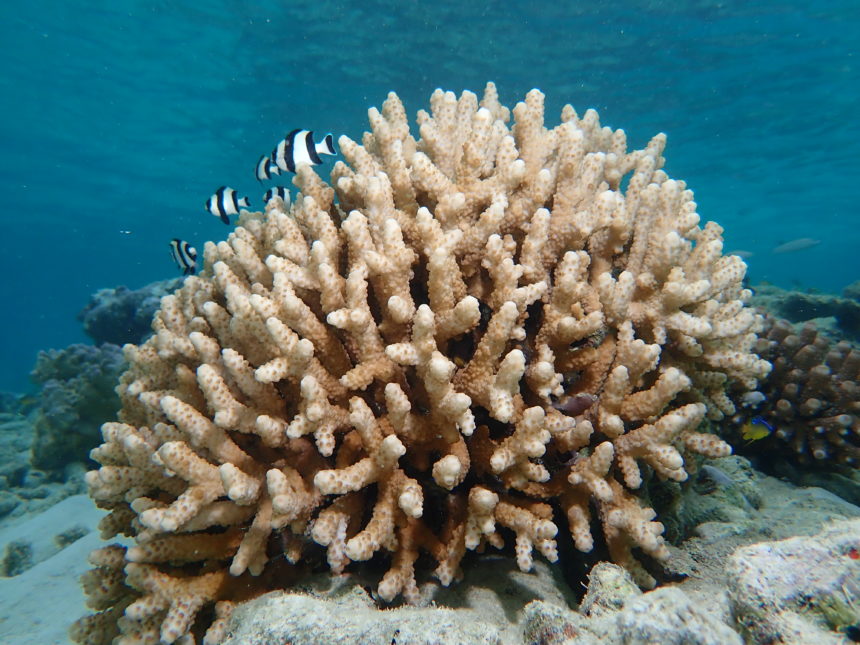What are corals? You see them in tropical ocean waters, they come in may shapes and forms, they are colorful and home to about 25 percent of all marine creatures. But are they animals, plants or rocks? Here are the seven things you need to know about corals.
- Corals aren’t inanimate objects
Corals are actually animals. They are made up of tiny invertebrates called polyps and belong to Cnidaria phylum. Polyps range in sizes too, from 1mm up to more than 15cm.
2. How they eat
There are two ways for corals to get the daily nutrients they need; one is through the mutualistic relationship they have with photosynthetic algae called zooxanthellae (ZOH-oh-ZAN-thell-ee). These algae live freely in coral’s tissues. In return algae produce oxygen as well as glucose, glycerol and amino acids for corals through photosynthesis process.
The second method is by stretching their long, stinging tentacles to capture zooplankton that are floating in the ocean. These zooplankton are then swallowed by the polyps through their mouths and then digested in the stomachs.
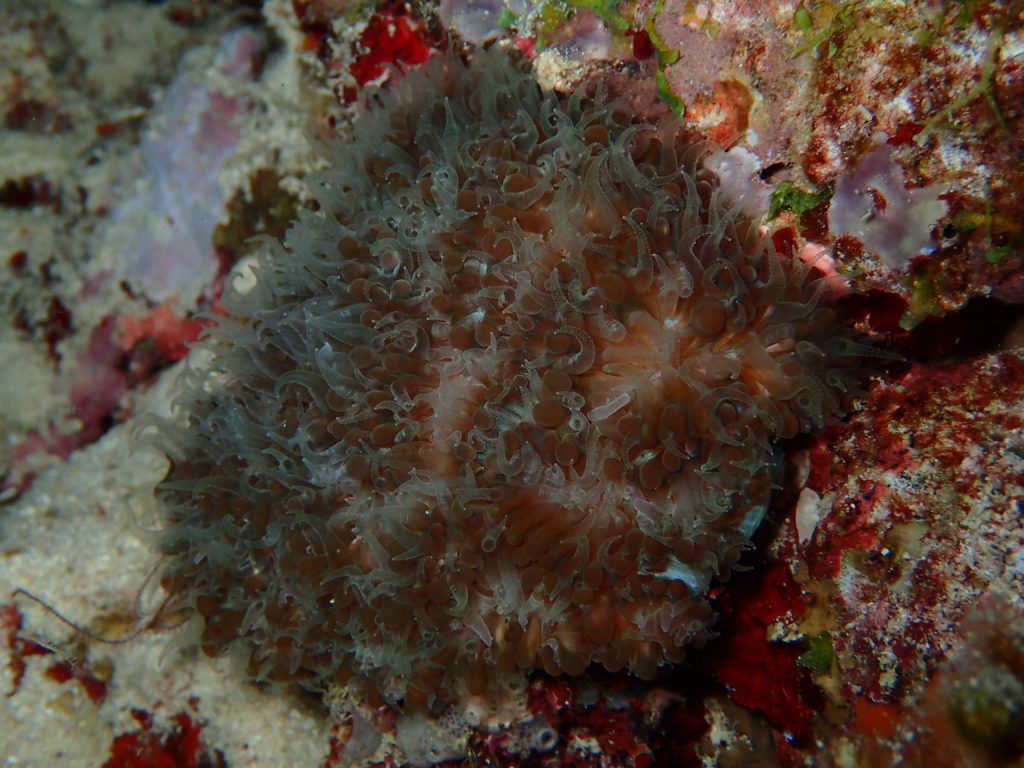
3. Their colors come from zooxanthellae
Other than providing corals with food, these algae also give corals their unique and beautiful colors. However, when corals become stressed due to environmental factors like pollution or temperature change they will spew out the zooxanthellae from their bodies leaving them with a pale white color, this process is also known as coral bleaching. Prolonged coral bleaching can result in coral’s death.
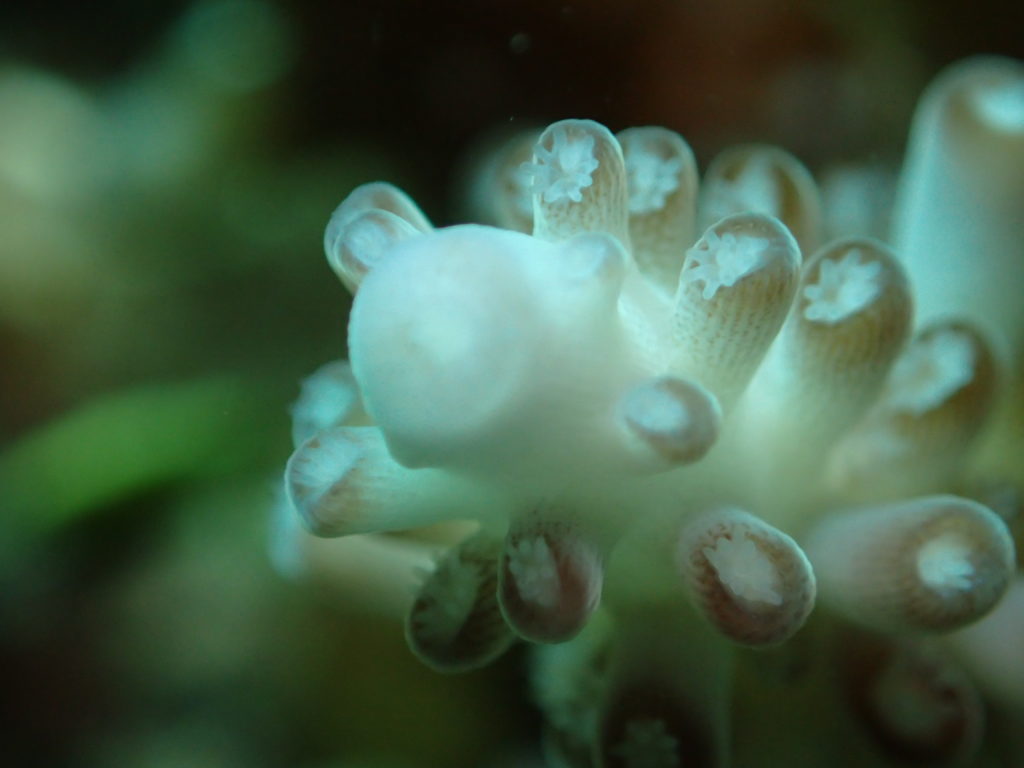
4. Coral calcification
It’s a process of forming up the coral’s limestone skeleton called calicle. Calcification requires carbonate ions from zooxanthellae’s photosynthesis process and calcium ions from the seawater; the two will react and result in calcium carbonate (CaCO3) sedimentation which then becomes the basis of a coral structure.
5. How corals reproduce
Corals have the ability to reproduce asexually and sexually. In asexual reproduction, also known as fragmentation or budding, new clonal polyps separate from the parent polyps and leave to form new colonies.
As for sexual reproduction, some coral species have male and/or female gametes. The reproduction process either happens within the body of a polyp or in the water, a process known as spawning. A mass synchronized spawning event – when corals in one area release their eggs and sperm around the same time – often occurs on one specific night per year.
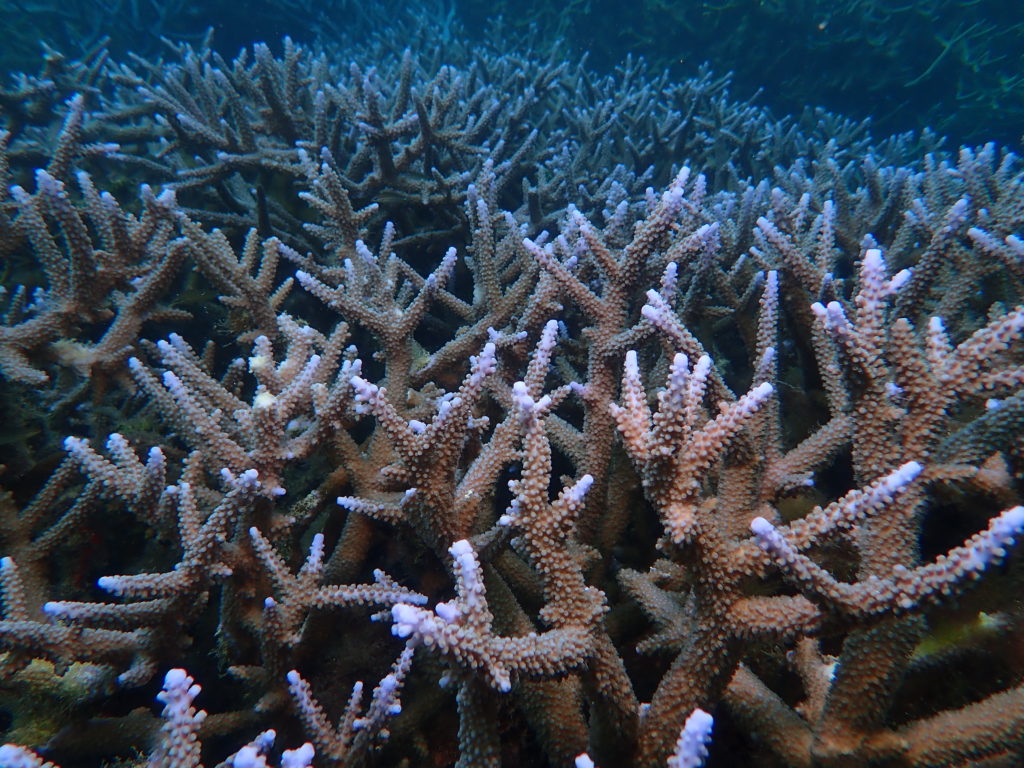
6. Coral reefs
Coral reefs begin when polyp calicles connect to one another forming a colony that acts as a single organism. As these colonies grow they expand their territories by joining with other colonies, thus becoming reefs.
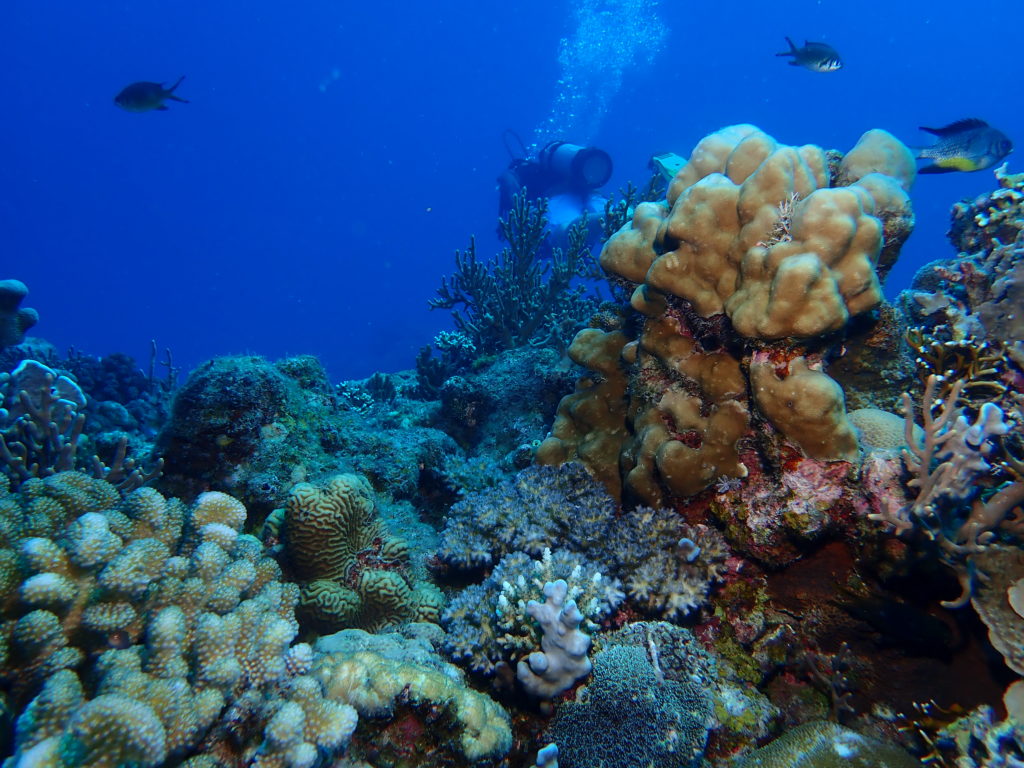
7. Coral reefs diversity
Coral reefs can be found in tropical and semitropical waters, between 32o north and 32o south latitudes. There are around 122 coral genera consisting of 813 species in the world. Indonesia is widely known as the home of more than half of coral species; so far 590 species from 83 genera have been found in Indonesia. Out of the 83 genera, 52 of them were discovered in Bawah Island.
References:
Suharsono. 2008. Jenis-Jenis Karang di Indonesia. LIPI Press. Jakarta
Reid, C., Marshall, J., Logan, D., Kleine, D. 2011. Coral Reefs and Climate Change The Guide For Education and Awareness. Coral Watch. The University of Queensland. Australia
https://oceanservice.noaa.gov/education/tutorial_corals/coral02_zooxanthellae.html
https://www.nationalgeographic.com/animals/invertebrates/group/corals/
https://floridakeys.noaa.gov/corals/coralseat.html
https://floridakeys.noaa.gov/corals/reproduce.html
https://oceanservice.noaa.gov/education/tutorial_corals/coral06_reproduction.html

